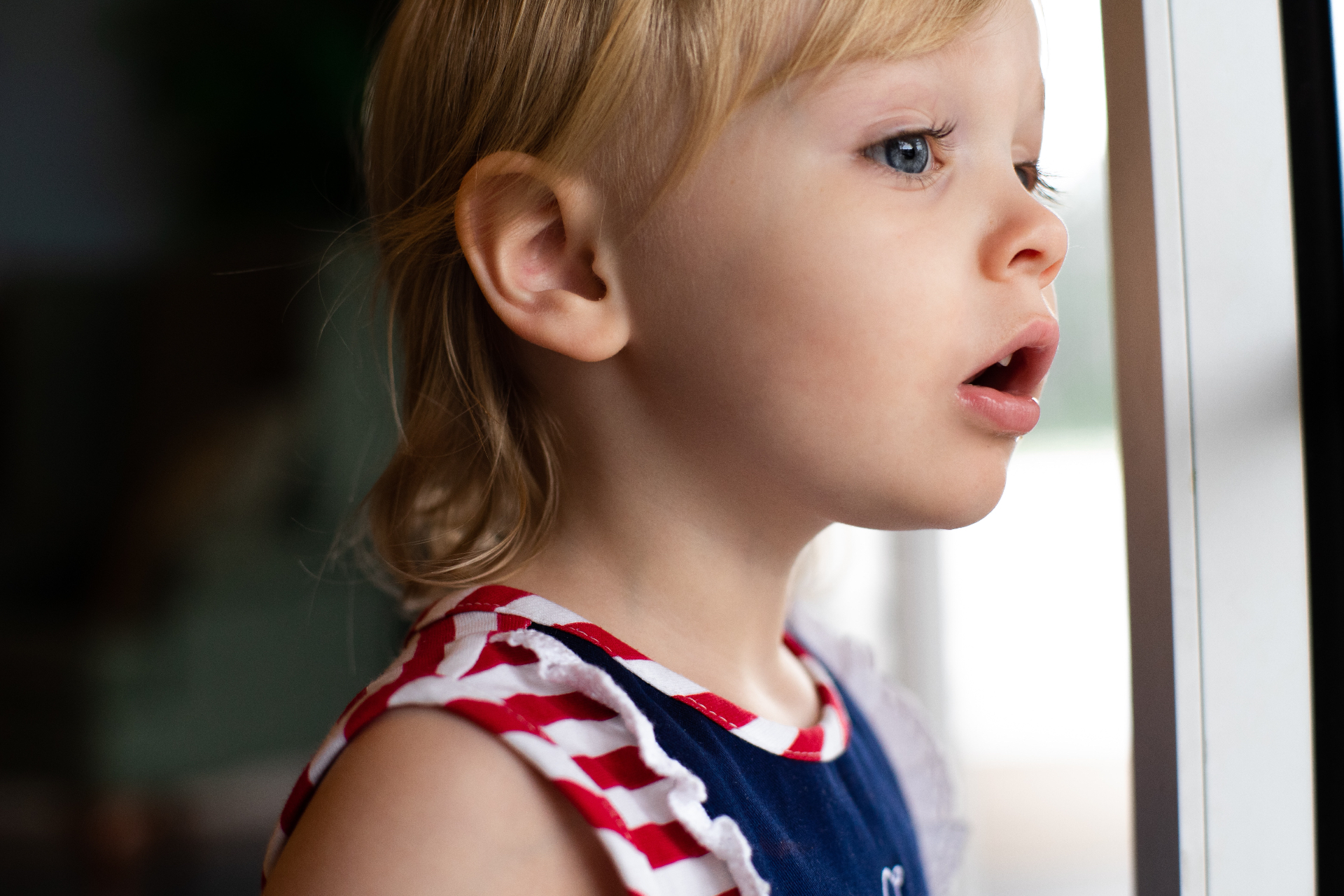How Can I Support My Child During Scary Times? Helping Your Young Child Through the Coronavirus

Anyone who has stumbled onto social media or out into a supermarket lately has noticed the level of panic in our communities is rising. The minute you turn on the television there is dramatic music and TV journalists telling us about the latest in the “coronavirus outbreak.” Our children have started to notice and some of them are really panicking too.
I recently realized that maybe I wasn’t paying enough attention to how much fear and anxiety the world was feeling. Then I started to notice the posts and discussion around toilet paper and how you cannot find it anywhere. A trip to a major discount store and the grocery store recently proved this to be true in my community. Anxiety and panic can be contagious, and we do interesting things when they take hold.
While I was at this major discount store, with huge carts, I noticed many people filling their carts to the brim with hand soap and water (no paper products because that aisle was empty). Just being in the store gave me a sense of breathlessness, like something heavy was sitting on my chest. One woman in particular had a full cart and two young children. I observed her politely arguing with one of the employees about how she did not understand how they could be out of a certain product. This employee explained that he could not control what was available at this point and encouraged her to consider visiting at times when they re-stock the store. While I felt a great deal of empathy for both this mother and the employee as they navigated the discussion of anxiety, fear, and lack of control, I wondered too about how these young children experienced this moment.
It made me wonder how we ease this tension for our children since their level of control and understanding is even less than our own. While we as adults can watch the news and talk to our neighbors, our children are often reliant on us to set the stage for what they know and understand. They get this information from us, not only from what we say, but also from what they can see and feel in our interactions. When I describe my body’s response to being in the store as breathless and heavy, at least I have some context to why it feels that way. But what does a child feel and understand?
One of the best ways we can support our young children through this time of anxiety and fear is to recognize our own reactions. Am I feeling anxious? Scared? How do I cope with these feelings? Is it in a way that creates calm or do I join in the spiral of panic and anxiety around me? Sometimes, in my home at times when anxiety is high, or stress is skyrocketing I find myself sharing less information with my daughter. I use shorter sentences and give her very little information. I move quickly to avoid having to sit down and really feel the feeling and, as a result, she follows me around asking more and more questions. If I don’t stop and realize what is happening, I become grumpy and short with her, which simply increases her level of freak out and creates moments of poor behavior or a total melt down. She becomes scared because every piece of this interaction is giving her the message that things aren’t ok. I need to calm down and help answer her questions. I also need to be able to let her know that I am feeling stressed.
We can practice how to do this with the coronavirus news. The following is a basic tool to use when speaking with your child. You will need to begin by answering the following questions and writing down your responses.
What do you notice about your own reaction to the coronavirus news? (It could be that you are feeling anxiety and panic, or maybe it is just another news story that is interesting and making you think about possible changes to your day-to-day life).
Why do you think this is your response? (Are you afraid of something? Why are you feeling ok about things?)
Where do you feel it in your body? Describe what is happening (i.e. my heart is beating really fast, my head hurts, my stomach is upset, my shoulders are relaxed but my mind is thinking about what to do if schools shut down).
What do you call this feeling?
Going through these simple questions can help you understand and share this information with your child. This is important information. When we can share it, it helps to normalize what your child is probably feeling too and lets them know that you are actually ok, safe, and in control of the current moment.
When you sit down to talk with your child you might say something as easy as “There are a lot of people talking about getting sick right now. It’s on the news and everyone is thinking about how to stay safe and healthy. I noticed that I’ve been watching a lot of TV and I’m feeling a little bit worried about getting sick too. I’m having a hard time sitting down, my legs just want to walk and move, and my tummy feels upset. That’s what happens to me sometimes when I’m feeling worried or anxious.”
This might prompt your child to ask more questions, especially when they are having a difficult time calming their own bodies. In order to help them it is important that you are able to calm your body. If you are feeling like you just can’t stop the anxious feelings, stop the physical responses you are having, or feel that no matter what you do you will not be ok, it might be time to seek the support of a mental health profession. It’s ok to admit this. Many people struggle with anxiety. I often see children struggle with anxiety when their parents struggle because of the stronghold it can have on us and the way we view the world.
Now that you have shared your own answers to the questions, ask your child to answer them. Try not to focus on the information you have all heard, focus on the feeling/s. It is tempting to try and distract them from the feeling with statements of fact or reassurance that they will be ok. You don’t need to do this to help them feel better – help them understand what they are feeling and what you are feeling.
Here are some ideas for children to express these feelings:
Draw the feeling, answer what color it is, what shape, does it have a temperature or feel a certain way?
Have your child name the feeling. This could be something like Bob or Worry Worm.
You could even tell a story about the feeling now that it has a name, description, and place in the body.
Practice mindfulness activities like filling up your whole tummy with air and pushing it out like you’re blowing out a birthday candle – then notice how you feel. Or there’s my current favorite, pretend you are a sticker stuck to the floor. Notice how your body feels when it is stuck to the floor.
Now you have some tools for managing your child’s fear and anxiety around this recent global upset. I do believe you can do this. You can help your child manage this feeling; help keep them safe and healthy too.

